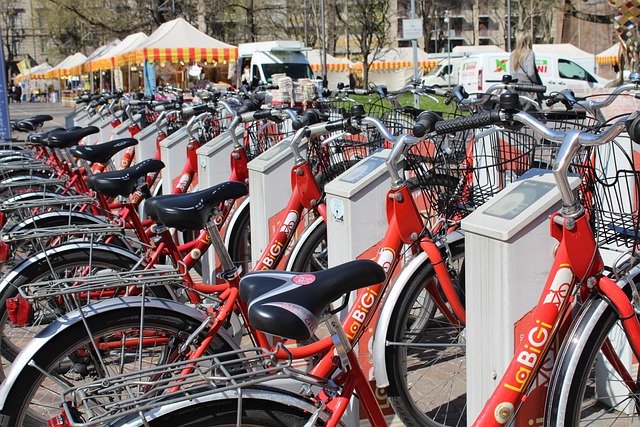The concept of mobility and sustainability in the realm of rural development underscores an urgent need for innovative transport solutions. As communities grapple with the challenges of accessibility, economic growth, and environmental preservation, integrating sustainability into transport systems is becoming not just beneficial but essential.
In rural areas, the importance of effective transportation cannot be overstated. Transportation infrastructure connects people to essential services, employment opportunities, and social interactions. However, many rural regions face significant challenges due to limited public transport options, long travel distances, and aging infrastructure. This presents a unique opportunity to reconsider how we approach transport sustainability.
Investments in sustainable transport options can lead to transformative changes in rural development. Electric buses that serve as public transportation, bike-sharing programs, and improved walking paths are just a few examples where mobility and sustainability can intersect. These initiatives not only reduce greenhouse gas emissions but also foster healthier lifestyles by promoting physical activity. Moreover, by creating a more connected rural landscape, we enable local economies to thrive through greater accessibility to resources and markets.
Moreover, transport sustainability plays a pivotal role in preserving the natural beauty and ecosystem of rural areas. By adopting eco-friendly transport technologies, we can mitigate the negative impacts of transportation on our environments, ensuring that future generations inherit a countryside that is not only viable for living but also for sustaining local biodiversity.
To integrate transport sustainability effectively, it is critical for stakeholders to engage with local communities. Public participation ensures that transport solutions are tailor-made to meet the specific needs and preferences of residents, fostering a sense of ownership and commitment to new systems. This engagement not only promotes transparency but also empowers residents to become advocates for sustainability in their regions.
Given the growing awareness of climate change and its repercussions on rural livelihoods, the urgency to act is greater than ever. Transport initiatives that emphasize sustainability can be a driving force behind revitalizing rural areas, contributing to economic resilience while addressing environmental concerns. It’s not merely a question of creating more roads or facilities; it’s about rethinking how we move, connect, and develop in harmony with our surroundings.
As we push forward with integrating transport sustainability into rural development, it becomes crucial to measure the impact of these initiatives. Utilizing technology to monitor transport usage, carbon footprints, and community satisfaction can provide invaluable insights for future projects. Understanding what works and what doesn’t allows for refined strategies that nurture both economic growth and environmental health.
In the face of rapid urbanization and increasing pressure on global resources, rural areas can become front-runners in mobility and sustainability. By fostering a culture of sustainable transport that resonates with the values of community and environment, we are paving the way toward a future where all regions, urban or rural, can thrive harmoniously.




